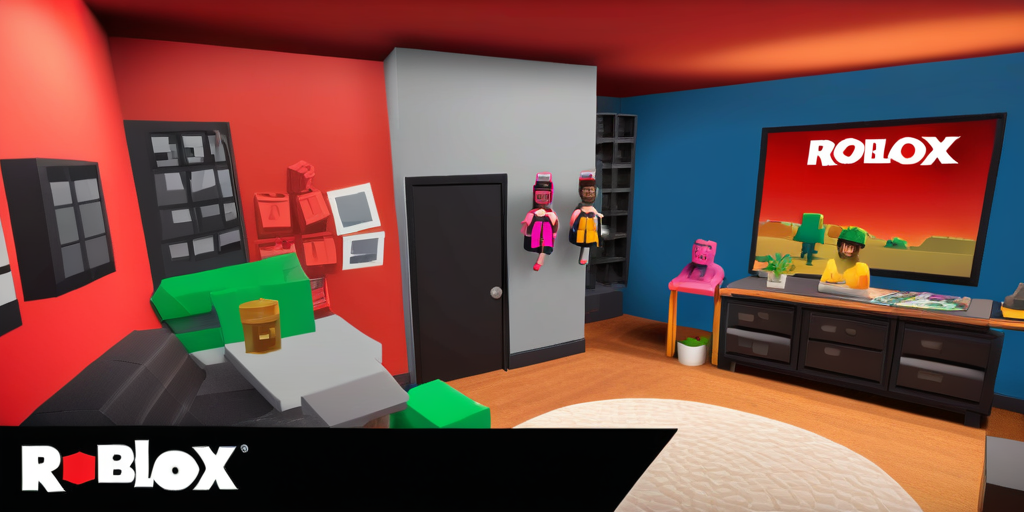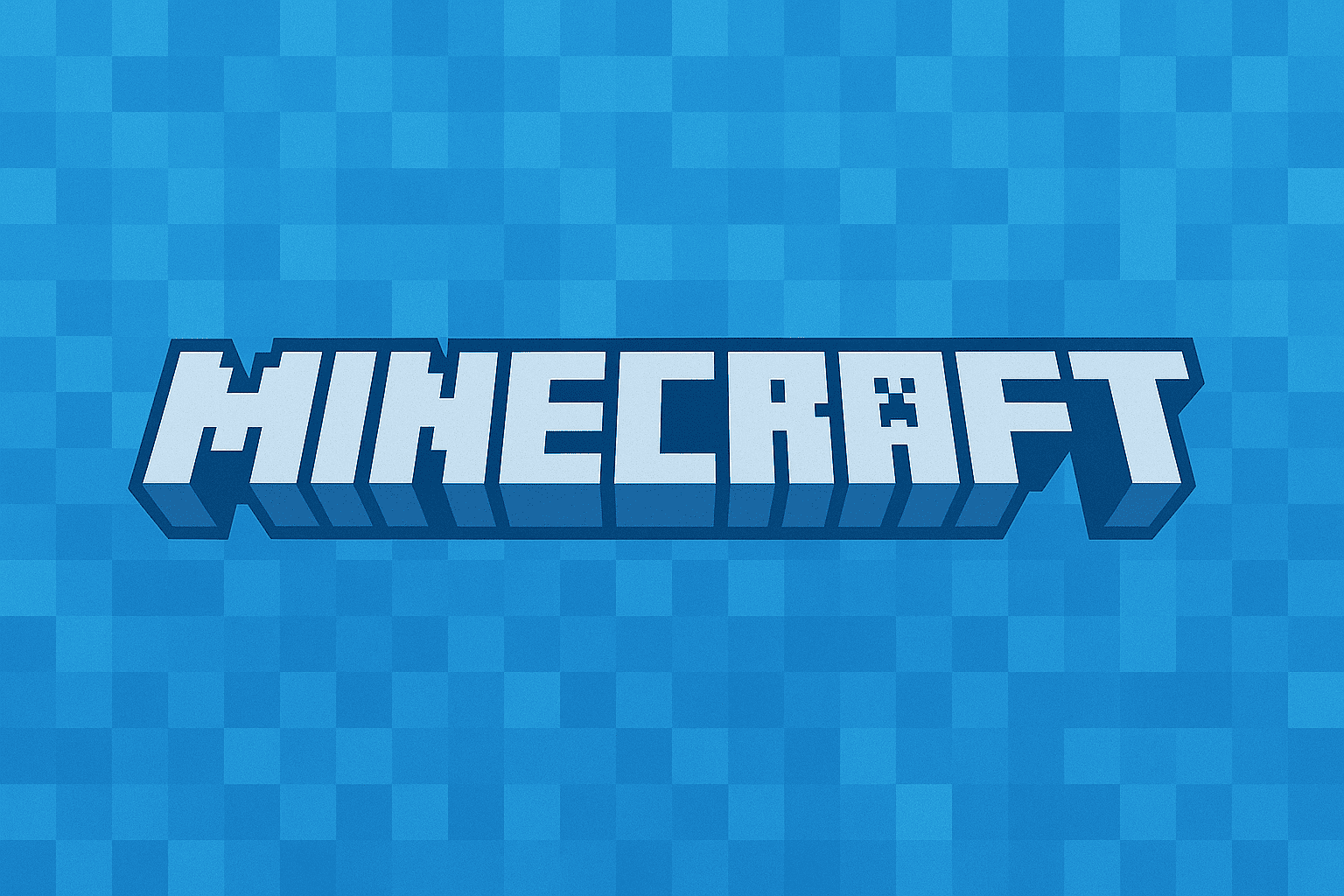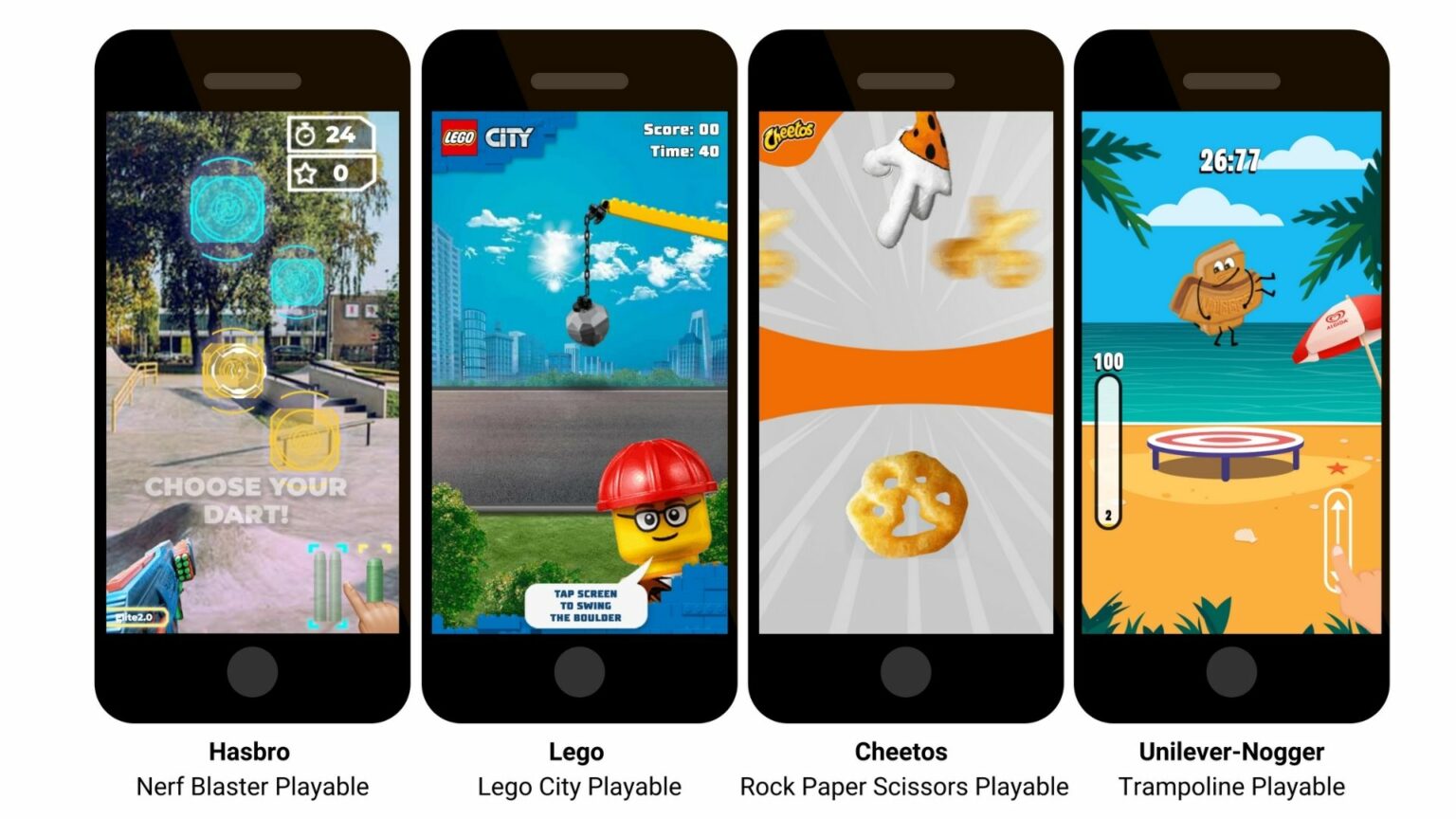The world of 3D game development has experienced a remarkable surge in recent years, captivating players with immersive virtual worlds and captivating gameplay. When it comes to creating stunning 3D games, Unreal Engine stands out as a leading choice. In this article, we will delve into the capabilities of Unreal Engine, its advantages as a game development tool, and the reasons why it has become a go-to solution for developers and game development companies alike.
Unreal Engine, developed by Epic Games, offers a comprehensive suite of tools and features that empower developers to bring their creative visions to life. With its robust and user-friendly interface, Unreal Engine simplifies the 3D game development process, allowing developers to focus on crafting captivating gameplay experiences. Its extensive capabilities extend beyond mere game design, encompassing 3D game art and design as well.
Unreal Engine in 3D Game Development
Unreal Engine, created by Epic Games, is a powerful tool for designing and developing 3D games. It simplifies the game development process and has become a go-to choice for many developers and game development companies.
Unreal Engine offers a wide range of features that make it easy to create visually stunning and immersive games. It covers every step of the game development process, from initial design to the final product. Whether you’re creating engaging gameplay mechanics or designing captivating environments, Unreal Engine has you covered.
Many game development companies specialize in using Unreal Engine for their projects. These companies provide comprehensive services, taking care of everything from the initial idea to the finished game. They leverage the capabilities of Unreal Engine to create remarkable gaming experiences. Some notable examples of games developed using Unreal Engine include:
- Fortnite – A popular battle royale game that has gained widespread popularity for its fast-paced action and unique building mechanics.
- Gears of War – A highly acclaimed third-person shooter series known for its intense gameplay and stunning graphics.
- Rocket League – A unique combination of soccer and racing, where players control rocket-powered cars to score goals.
In addition to creating new games, Unreal Engine also allows for easy game porting. This means developers can bring their existing games to the Unreal Engine platform, taking advantage of its advanced rendering capabilities and support for multiple platforms.
So, why choose Unreal Engine for game development? Unreal Engine has a strong reputation in the industry and is continuously improving and innovating. Its user-friendly interface and extensive content library make it accessible to developers of all skill levels. By using Unreal Engine, developers can focus on refining their game design and mechanics, rather than starting from scratch.
Competitors in 3D Game Development
While Unreal Engine is a dominant force in the world of 3D game development, it’s important to recognize that there are competitors in the market. These competitors offer their own unique strengths and advantages in different aspects of game development, from design to content creation.
When it comes to 3D game development companies, there are several notable players that offer services similar to those of Unreal Engine. These companies specialize in various aspects of the development process, including art, design, and full-cycle development. Some notable competitors in the industry include:
- Unity: Unity is a popular game development engine known for its versatility and user-friendly interface. It offers a wide range of tools and features for 3D game development, making it suitable for both beginners and experienced developers.
- CryEngine: CryEngine is renowned for its stunning graphics and realistic visuals. It excels in creating immersive environments and realistic lighting effects, making it a top choice for developers aiming for high-fidelity visuals in their games.
- Godot: Godot is an open-source game engine that has gained a dedicated following among indie developers. It provides a powerful and flexible framework for developing 3D games, with a focus on simplicity and ease of use.
While these competitors offer alternative solutions to Unreal Engine, it’s worth noting some key reasons why Unreal Engine remains a popular choice for many developers:
- Advanced Features: Unreal Engine boasts a wide array of advanced features, including robust physics simulations, realistic rendering capabilities, and extensive support for virtual reality (VR) and augmented reality (AR) technologies. These features make Unreal Engine a preferred choice for developers seeking to create visually stunning and immersive 3D games.
- Strong Community and Support: Unreal Engine has a large and active community of developers and enthusiasts. This community provides valuable resources, tutorials, and support, making it easier for developers to learn and grow their skills using the engine.
- Seamless Game Porting: Unreal Engine’s game porting capabilities allow developers to easily migrate their games to the platform. This provides opportunities to enhance existing games by leveraging Unreal Engine’s powerful features and reach a broader audience by supporting multiple platforms.
- Extensive Content Libraries: Unreal Engine offers a vast collection of pre-built assets, materials, and effects through its Marketplace. This saves developers time and effort, enabling them to focus on game design and mechanics rather than creating everything from scratch.
In conclusion, while there are competitors in the 3D game development market, Unreal Engine continues to be a leading choice for developers due to its advanced features, strong community support, seamless game porting capabilities, and extensive content libraries. However, each competitor brings its own unique advantages to the table, and developers should carefully evaluate their specific needs and preferences when selecting a game development engine for their projects.
Feature Comparison
To assess the capabilities of Unreal Engine and its competitors comprehensively, it is essential to compare their key features. The graphical prowess of a game engine is often a deciding factor. Unreal Engine’s rendering quality, advanced lighting systems, and post-processing effects set a high standard for visual fidelity. Unity and CryEngine also offer impressive graphical capabilities, although they may require more optimization efforts to achieve Unreal Engine’s level of realism.
Programming languages, scripting systems, and coding workflows vary across these engines. Unreal Engine primarily employs C++ for core functionality, with Blueprint visual scripting as a powerful alternative. Unity predominantly uses C#, providing a more accessible entry point for developers. CryEngine utilizes C++ and its own scripting language, Schematyc. Godot relies on its proprietary scripting language, GDScript, which is user-friendly and specifically designed for the engine.
Flexibility and customization options are vital considerations for developers. Unreal Engine’s Blueprint system enables rapid prototyping and iteration, while its C++ support allows for extensive customization and fine-tuning of performance-critical code. Unity offers a flexible component-based architecture that facilitates modular development and encourages code reuse. CryEngine provides a robust editor that allows developers to customize various aspects of the engine. Godot emphasizes versatility and modularity, empowering developers to adapt the engine to their specific needs.
Performance optimization is crucial for delivering smooth and responsive gameplay experiences. Unreal Engine offers a range of built-in performance profiling tools and optimization techniques, enabling developers to identify and address bottlenecks efficiently. Unity provides similar tools, including a powerful profiler and performance optimization tips. CryEngine also offers profiling tools and advanced physics simulations. Godot’s lightweight design and efficient resource management contribute to its excellent performance out of the box.
| Features/Services | Unreal Engine | Unity | CryEngine | Godot |
| 3D Game Development Process | ✔️ Offers a complete development process, from concept to deployment. | ✔️ Provides a comprehensive development process with a focus on ease of use. | ✔️ Offers a full development process with a strong emphasis on realistic visuals. | ✔️ Provides a flexible development process suitable for indie developers. |
| 3D Game Art | ✔️ Advanced rendering capabilities and extensive material and effect libraries. | ✔️ Supports high-quality graphics and provides a marketplace for assets. | ✔️ Known for its stunning visuals and realistic lighting effects. | ✔️ Offers a range of tools for creating 3D game art and supports custom shaders. |
| 3D Game Design | ✔️ Powerful visual scripting system (Blueprints) and intuitive level design tools. | ✔️ Provides a user-friendly interface and extensive documentation for game design. | ✔️ Focuses on creating immersive environments and realistic game worlds. | ✔️ Offers a flexible and intuitive node-based visual scripting system. |
| Full-Cycle 3D Game Development | ✔️ Offers a comprehensive solution for full-cycle game development projects. | ✔️ Provides a range of tools and services for full-cycle game development. | ✔️ Known for its capabilities in full-cycle game development, especially for AAA projects. | ✔️ Suitable for full-cycle development, especially for indie and small-scale projects. |
| Game Porting to Engine | ✔️ Offers seamless game porting capabilities for easy migration to Unreal Engine. | ✔️ Provides tools and resources for porting games to the Unity engine. | ✔️ Supports game porting, allowing developers to bring their games to CryEngine. | ✔️ Offers game porting capabilities, allowing developers to migrate existing projects. |
| Unreal Game Development Company Services | ✔️ Many companies specialize in Unreal Engine game development services. | ✔️ Numerous game development companies offer services using the Unity engine. | ✔️ Several companies provide specialized services using CryEngine. | ✔️ Some companies offer game development services using Godot. |
| Advanced Features | ✔️ Robust physics simulations, realistic rendering, and VR/AR support. | ✔️ Versatile features, including cross-platform support and real-time collaboration. | ✔️ Known for its stunning graphics, realistic physics, and advanced AI capabilities. | ✔️ Offers a range of advanced features, including networking and visual effects. |
| Strong Community and Support | ✔️ Large and active community with extensive resources and support. | ✔️ Boasts a large community and extensive documentation, tutorials, and forums. | ✔️ Active community and support channels for troubleshooting and knowledge sharing. | ✔️ Supportive community with active forums and helpful online resources. |
| Seamless Game Porting | ✔️ Allows for easy migration of games to Unreal Engine with minimal effort. | ✔️ Provides tools and resources for porting games to different platforms. | ✔️ Supports game porting, allowing developers to bring their projects to CryEngine. | ✔️ Offers game porting capabilities, allowing for easy migration of games. |
| Extensive Content Libraries | ✔️ Offers a vast collection of pre-built assets, materials, and effects through its Marketplace. | ✔️ Provides a wide range of assets, scripts, and plugins through its Asset Store. | ✔️ Offers a variety of assets, materials, and effects for use in game development. | ✔️ Provides a range of community-contributed assets and resources. |
Please note that the information in the table is a general comparison and may not capture all the specific features and services of each engine or company.
Platform Support and Integration
Game developers often need to target multiple platforms to reach a broader audience. Unreal Engine supports a wide range of platforms, including PC, consoles, mobile devices, and virtual reality (VR) headsets. Its robust cross-platform capabilities simplify the process of porting games across different systems. Unity, renowned for its cross-platform development, supports a similar range of platforms. CryEngine and Godot also provide support for PC, consoles, and mobile platforms, but their VR capabilities may be more limited compared to Unreal Engine and Unity.
Integration with external tools, libraries, and APIs can significantly enhance a game engine’s capabilities. Unreal Engine offers extensive integration options, allowing developers to integrate third-party software, middleware, and plugins seamlessly. Unity follows a similar approach, with a vast ecosystem of pluginsand assets available through its Asset Store. CryEngine and Godot also support integration with external tools but may have a narrower selection of available options compared to Unreal Engine and Unity.
Compatibility with industry-standard workflows and pipelines is crucial for collaborative game development. Unreal Engine is widely adopted in the industry, making it compatible with popular workflows, such as version control systems and content creation tools like Maya and 3ds Max. Unity also enjoys broad industry support and integrates well with popular tools, including Visual Studio and Adobe Creative Cloud. CryEngine and Godot may have more limited compatibility with industry-standard workflows, although they offer plugins and exporters to facilitate data interchange.
Licensing and Pricing
Licensing models and pricing structures play a significant role in determining the feasibility and affordability of using a specific game engine. Let’s explore the licensing and pricing options of Unreal Engine, Unity, CryEngine, and Godot.
Unreal Engine: Unreal Engine adopts a royalty-based licensing model. Under this model, developers are required to pay a 5% royalty fee on gross revenue generated from their games, but only after exceeding a specified revenue threshold. The threshold, known as the “Epic Royalty Exemption,” allows developers to earn up to a certain amount before the royalty fee applies. Notably, Unreal Engine offers free access to its complete feature set, making it an attractive option for developers with limited budgets.
Unity: Unity offers various licensing options to cater to different needs. It provides a free version of the engine, known as Unity Personal, which allows developers to create games with basic features. For more advanced features and professional capabilities, Unity offers subscription-based plans, such as Unity Plus and Unity Pro. These plans provide additional features, services, and support. Additionally, Unity offers royalty-based licensing models for high-revenue projects, where developers pay a percentage of their game’s revenue.
CryEngine: CryEngine offers a subscription-based licensing model. Developers can subscribe to CryEngine and gain access to all the engine’s features and source code. The subscription provides updates and technical support while allowing developers to create games without any additional royalty fees. This model offers flexibility and affordability for developers looking for comprehensive engine features and ongoing support.
Godot: Godot is an open-source game engine, which means it is freely available to everyone. It offers free access to all its features and functionality without any licensing fees or royalties. This makes Godot an appealing choice for developers looking for a cost-effective solution without compromising on features or capabilities.
Considering the licensing and pricing options, Unreal Engine’s royalty-based model with free access to its feature set makes it attractive for developers looking to start with limited budgets. Unity provides a range of licensing options, catering to different requirements and revenue levels. CryEngine’s subscription-based model offers access to all features and source code, ensuring ongoing support for developers. Godot’s open-source nature provides a completely free and accessible engine for developers without any licensing fees.
It’s important for developers to carefully evaluate their project requirements, revenue expectations, and budget limitations when selecting a game engine based on licensing and pricing structures. Each engine offers unique benefits and considerations in terms of accessibility, features, and ongoing costs, allowing developers to choose the most suitable option for their specific needs.
What is Next?
Choosing the right 3D game development tool is a critical decision for developers seeking to create immersive and visually stunning games. Unreal Engine, with its user-friendly interface, powerful content creation tools, and advanced rendering capabilities, remains a top choice. However, Unity, CryEngine, and Godot offer compelling alternatives with their unique features and target audiences.
Consider factors such as graphical capabilities, programming languages, flexibility, performance optimization, platform support, integration options, and licensing models when making a decision. Each engine has its strengths and caters to specific development needs and project requirements. It is essential to thoroughly evaluate and experiment with different engines to determine which one aligns best with your goals.
Remember that this article provides a broad overview of the topic, and further research and exploration are necessary to make an informed decision. Stay updated with the latest developments in the game development industry, as new features and advancements may influence the landscape of 3D game development tools.











